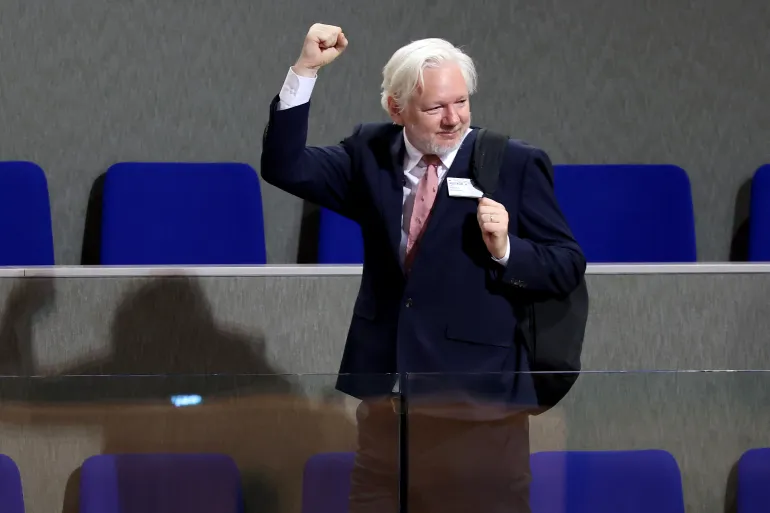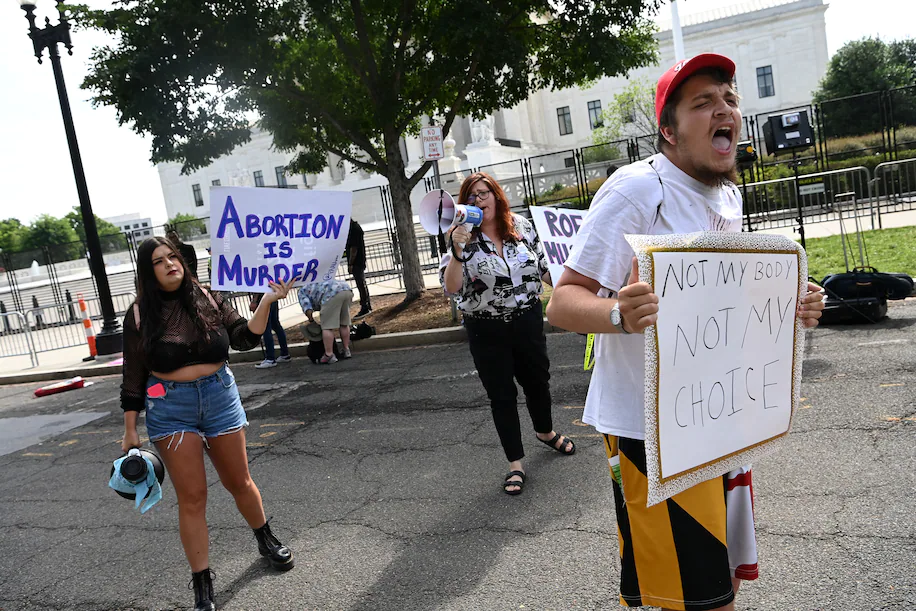A Wyoming district court judge has expressed concern over the impartiality of a key consultant in an ongoing legal battle over public school funding, Gillette News Record reports.
The case, brought by the Wyoming Education Association (WEA) and eight school districts, challenges the adequacy of the state’s K-12 education funding.
In a February ruling, District Court Judge Peter Froelicher sided with the WEA and the school districts, including Laramie County School District 1, concluding that the state has not met its constitutional obligation to adequately fund public education. The state has since appealed the decision to the Wyoming Supreme Court.
Judge Froelicher specifically raised concerns about Richard Seder, a longtime consultant for the state on school finance issues. Seder, who has advised Wyoming on education funding since 2005, was found to have shown a “strong bias” during his testimony in favor of the state’s position that public schools are being overfunded and that personnel are overpaid. The judge emphasized that he did not believe Seder was intentionally deceptive, but that his views appeared to be influenced by personal bias.
Seder’s opinions, according to the ruling, were shaped by his two decades of work with the state’s funding model and related policy advice. In court, he characterized the current funding approach as a “socialist utopia” and questioned Wyoming’s political identity, drawing further scrutiny from the court. Froelicher noted that Seder provided “nonresponsive answers” under cross-examination and was reluctant to acknowledge a national teacher shortage, despite testimony from multiple witnesses who supported its existence.
Wyoming’s school funding is calculated using a legislatively developed model that estimates costs for various components, including salaries and operational expenses. A separate consultant’s model is used to determine the minimum constitutional threshold for funding. Between 2006 and 2020, the state consistently funded above this floor, except in 2018–19. However, since 2020, the state has increasingly allocated funds below this benchmark, beginning with a $20.6 million shortfall in the 2020–21 school year.
The ruling also raised concerns about the work of other state-hired consultants, including Christiana Stoddard and Lori Taylor Loden. Judge Froelicher stated their analyses lacked full consideration of the funding model’s internal salary estimates, relying instead on actual salaries reported by school districts. He asserted that this methodology limited the relevance of their findings regarding whether the model accurately estimates the costs of employing qualified personnel.
Froelicher noted that Stoddard, who has prepared labor market studies for the state since 2010, observed rising teacher exit rates and stagnant salaries in recent years. Yet, she did not provide a conclusive opinion on the adequacy of salary levels within the funding model. Similarly, Taylor Loden, who advised on external cost adjustments, agreed that such adjustments should be applied annually and cumulatively to maintain funding accuracy.
In his order, Froelicher directed the state to revise its funding model to ensure constitutional compliance, highlighting the upcoming recalibration process as a critical opportunity to address deficiencies. Wyoming typically conducts a recalibration of its school funding model every five years, although it has not adopted a new version since 2010.
This year’s recalibration, managed by the Legislature’s Select Committee on School Finance Recalibration, comes with notable changes, including new leadership. The only consultant currently under contract for this cycle is Lawrence O. Picus & Associates. Seder, according to legislative staff, will not participate in the 2025 recalibration process.
The ruling also found the current funding model to be lacking in several key areas, including support for elementary mental health counselors, school resource officers, nutritional programs, and adequate technology access for students. Froelicher determined the absence of these components contributes to the state’s failure to provide a constitutionally sufficient education system.










The latest news in your social feeds
Subscribe to our social media platforms to stay tuned